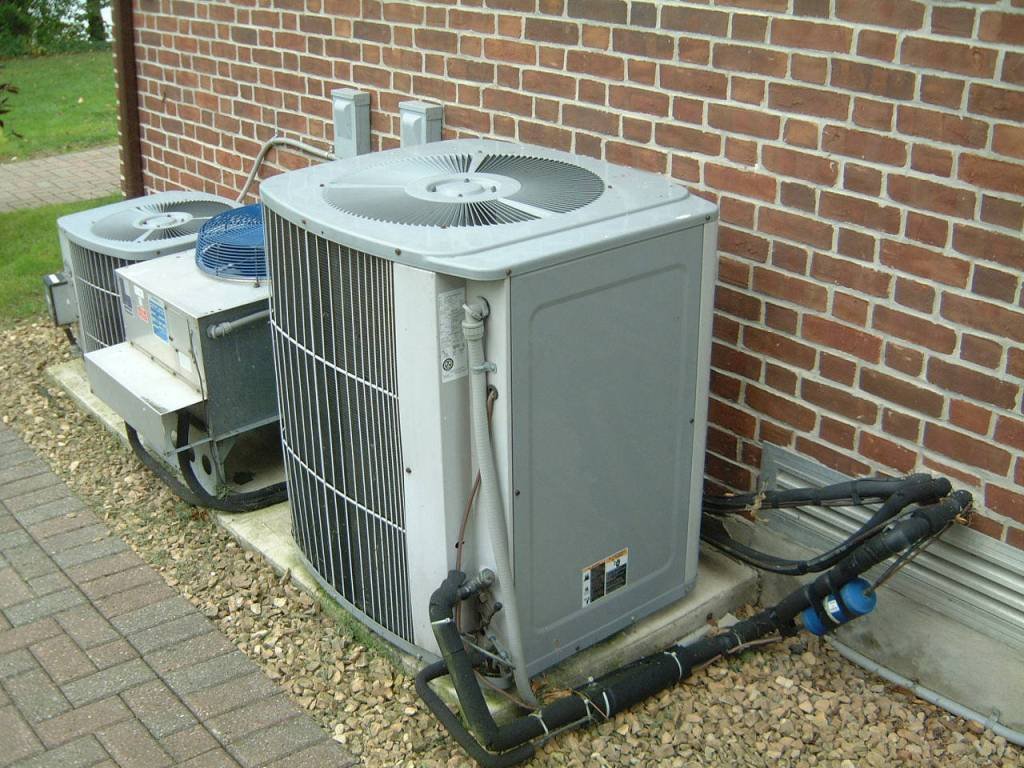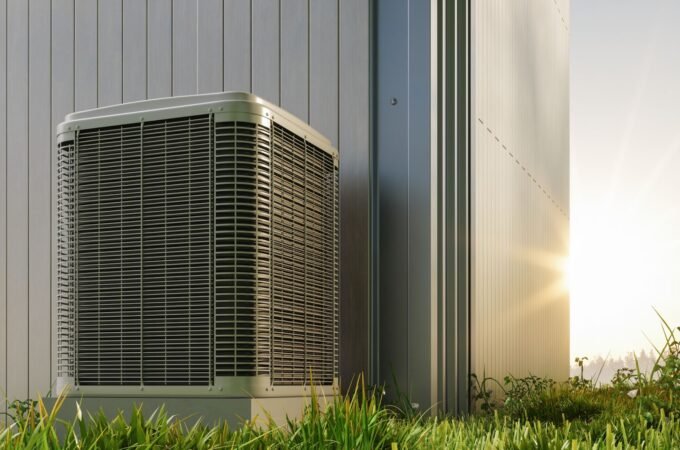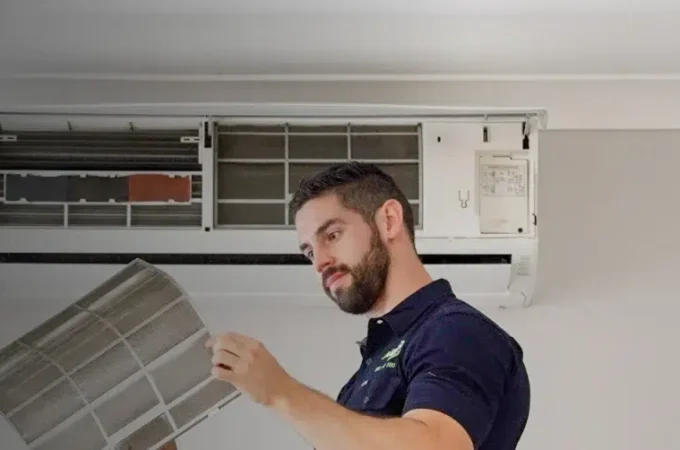
What You Need to Know About Using R-22 Freon in Your HVAC Unit
We are officially in the dog days of summer. As the summer months have settled, so has the demand for working air conditioners. With many temperature highs pushing deep into the 90s for multiple days, a well-working air conditioner is no longer a luxury, but a necessity. RC22 is the most popular freon available for most air conditioning units. Refrigerant is a chemical that is used in air conditioning units to cool and dehumidify the air before it is blown into your home or car.
How Do Air Conditioners Work?

Air conditioners pull hot and humid air out of the house or car and replace it with less moist cold air. Air conditioners are composed of five parts:
- Fan
- Compressor
- Refrigerant
- Condenser
- Evaporator
Air conditioners work by blowing hot and humid air through the evaporator, where the water is pulled from the humid air, cooled and eventually passes into your home or car.
R22 Phaseout
Due to changes defined by the US Environmental Protection Agency, R22 will be illegal starting January 1, 2020. The January 1st date marks the time which no additional R22 refrigerant can be manufactured or imported. This provision is defined in the Clean Air Act. It was discovered a compound element that is part of the R22 refrigerant, called hydro-chlorofluorocarbon, is the culprit causing damage to our environment, particularly the ozone layer. The elimination of R22 will be phased out over time and began 25 years ago. As of 2010 air conditioning units are no longer manufactured to use R22 refrigerant. It is estimated R22 will be available for the following ten years. It is essential to understand that this will be a continuous phase, so there is no need to panic.
Does Your Air Conditioner Use R22?

The quickest way to determine if your AC uses R22 is finding the manufacturing date. Any air conditioners made before 2010 will more than likely use R22, and those before 1996 use R22. If you are not sure of the manufacturing date, there should be a sticker called a data plate on the condenser and will explicitly state what coolant it uses. If your unit’s label is faded and is unreadable, call the manufacture customer service or check the website. In the case of your unit still using R22, remember the phaseout is a gradual process, and you should be able to obtain a technician to add the refrigerant for the next ten years or so. If you have confirmed your unit still uses R22, consider replacing it with a newer unit, especially if you plan to keep the unit for a while.
R410A Puron
R410A is the approved replacement refrigerant and is the industry standard regarding air conditioning units beginning in 2015. Unlike R22, R410A does not contain ozone-damaging compound hydro-chlorofluorocarbon. Despite R22 being the industry standard for decades, it is not as efficient at absorbing heat as R410A. R410A’s more efficient heat removal properties can prolong the life of the air conditioner’s compressor. R410A uses synthetic oil, which is more effective at keeping the parts of the unit lubricated, thus reducing damage.
What Should You Do?
If you have discovered you have an air conditioning unit that uses R22; you have three options. One is to deal with replacing r22 in your Intellipak AC Unit on the roof or your American Standard Air, Carrier, Goodman. Your second option is to retrofit your old unit. The retrofitting process involves upgrading the components of your unit to be compatible with R410A. Retrofitting an air conditioning unit is a complicated process, as you have to replace the compressor and other parts of the system. The third option is to replace the entire air conditioning unit. Replacing the unit can be costly, but there are tax breaks for upgrading to lessen the financial impact.
Replacing r22 In Your Intellipak AC Unit

So, you have decided to keep your R22 air conditioning unit and discovered your low on refrigerant. Needing a recharge means there is a leak somewhere that is allowing R22 to escape. These are the steps to take to recharge your unit to enable it to continue blowing cold air.
First, turn your unit off, and kill the power to your unit. It is a standard safety measure to ensure there is no electricity moving through the unit to avoid possible electrocution. After the unit is, make sure you are wearing safety gear, which consists of safety gloves, goggles, and a mask. Refrigerant is hazardous, so always make sure you protect your self during this process. Next, locate the source of the leak. To determine the leak, attach a temperature gauge to the values to get a reading.
If you discover a temperature of 45 degrees Fahrenheit, your unit should not need any coolant. However, any reading higher than 45 degrees means you are losing coolant. If you suspect a leak, attach gauges to the AC line to get pressure readings.
If you discover any pressure reading lower the 70-65psi, there is a leak. Next, you will have to connect an injection hose and a can of AC sealant to the compressor. It is easy to spot the compressor on your unit because it will have two lines, one bigger than the other. The smaller line is called the tap and is for high pressure. Allow your sealant to run for about one to two minutes to seal the leak.
Reconnect the gauges to make sure your psi reading is at 70 psi or higher. Now you are ready to add R22 to your unit, and this is called the recharge process. Connect your R22 Freon to your unit while leaving the gauges connected, to keep an eye on the amount of coolant you are adding to avoid overcharging the unit. Next, allow several minutes for the Freon to circulate through the unit. Finally, let twenty to thirty minutes and test pressure and coolant levels again. Following these steps should solve any problems regarding replacing R22 in your unit.




